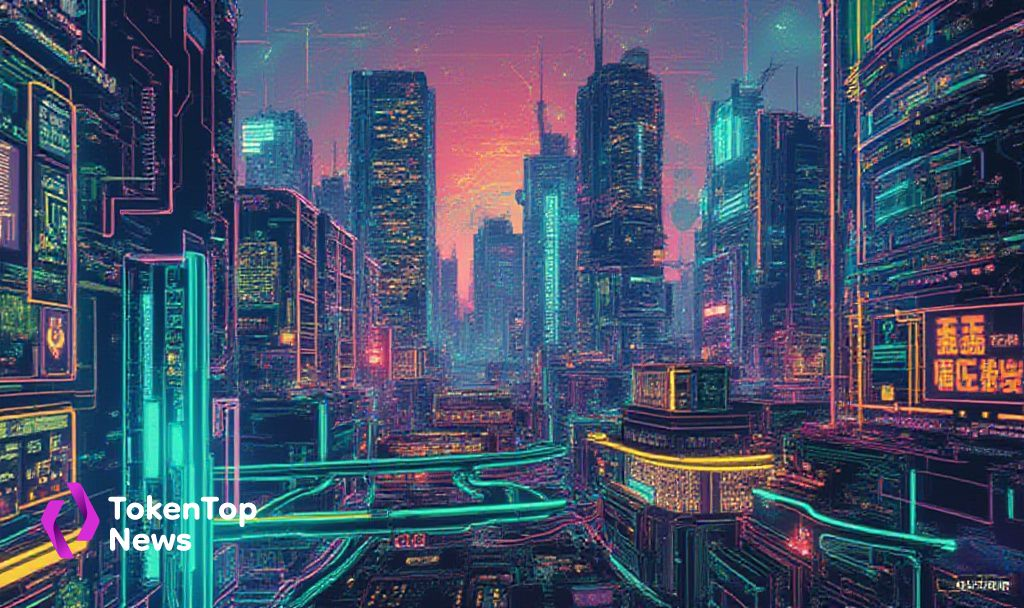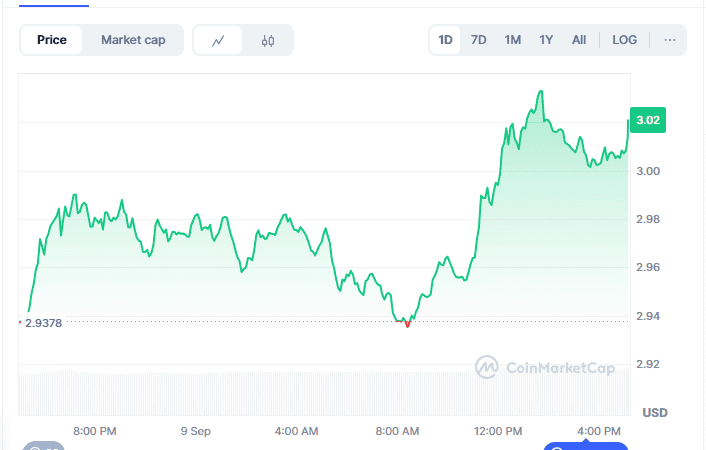NVIDIA Partners for Giant AI Supercomputer Initiative in Taiwan
- Main event led by Jensen Huang at COMPUTEX 2025.
- Partnership with Foxconn and TSMC in Taiwan.
- No immediate cryptocurrency effects, but future digital token production noted.

Jensen Huang’s announcement highlights NVIDIA’s strategy to expand AI infrastructure, potentially influencing digital and AI economies.
Collaborations and Future Plans
NVIDIA has partnered with Foxconn, the Taiwanese government, and TSMC to build a massive AI supercomputer. This development underscores NVIDIA’s commitment to expanding its AI capabilities and supporting digital token production.
“Every country, every region, needs to own more computers. But not just any computer – accelerated computing. And not just accelerated computing – AI factories.” – Jensen Huang, CEO, NVIDIA
The initiative aims to strengthen AI infrastructure globally, with China and Taiwan playing pivotal roles. Huang’s reference to AI factories indicates a shift towards delivering broader technological solutions.
Impact and Financial Projections
The new AI supercomputer project can impact global AI capabilities and support digital token production. This project represents a significant collaboration with Taiwanese firms and the government, driving AI infrastructure growth.
Financial projections indicate a shift in NVIDIA’s client base from hyperscalers to national governments and corporate clients, suggesting diversified revenue streams. This could lead to reduced revenue dependency on large tech firms.
Technological Advancements and Future Opportunities
This AI infrastructure development may fuel advancements in AI-focused technologies and digital token production. Long-term, this could increase demand for blockchains supporting cryptocurrency operations, aligning AI innovations with digital asset ecosystems.
Future technological convergence between AI and blockchain could create opportunities for tokenized AI services. With accelerating AI developments, NVIDIA’s ventures could leave a global impact driven by improved computing power and collaborative initiatives.




